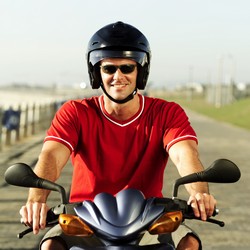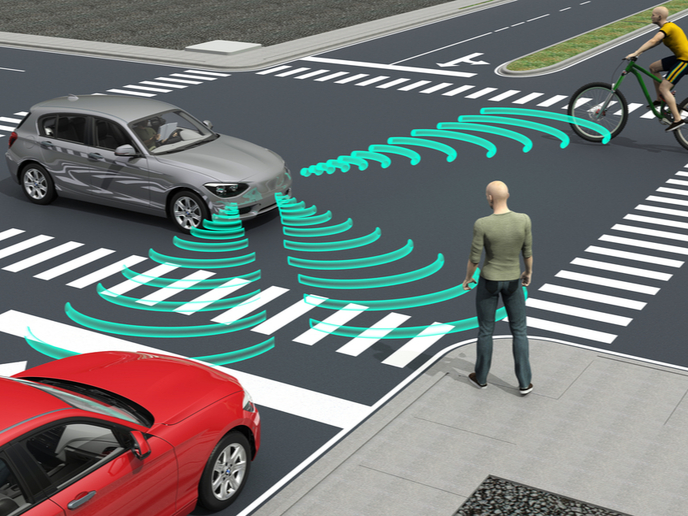More safety for motorbike riders
Motorcycles and mopeds, technically known as powered two wheelers (PTWs), are involved in numerous accidents that are often fatal for their riders, around half of whom are below the age of 25. The EU has been investigating these types of accidents to lessen their chance of occurring. In this spirit, the EU-funded project 2-BE-SAFE (2-Wheeler behaviour and safety) worked on outlining measures to enhance rider safety. To achieve this ambitious goal, the project team undertook research on driver behaviour and vehicle ergonomics that can pave the way for new safety measures. It first identified the influence of the rider or driver, road infrastructure and weather conditions on accident risks, compiling 20 scenarios in 5 European countries for fatal PTW accidents. The project analysed nine of these to identify factors that lead to crashes, including road surface conditions, roadway design and amount of rainfall. Principally, the project gathered data to conduct sophisticated studies on PTW safety, developing a database of events that would eventually produce meaningful results based on naturalistic riding methodology. It also examined riders’ perceptions of risk as well as their acceptance of new safety technologies. Particular attention was devoted to conspicuity; several studies were conducted aimed at paving the way for future improvements in terms of vehicle and rider visibility. Project outcomes regarding the observation of PTW behaviours were summarised in a set of guidelines and recommendations. In addition, a set of countermeasures were proposed aimed at improvement of PTW road safety. Researchers first assessed the potential impacts of each proposed countermeasure and the expected cost, implementation barriers and acceptance, and then proposed key success factors. Society is expected to benefit from 2-BE-SAFE results and notable first-time findings to develop safety handbooks and measures. This will surely strengthen road safety and decrease accidents related to PTWs and rider-driver interaction. The new data could also lead to new product designs, increased customer satisfaction, improved PTW stability and enhanced industry competitiveness. Most importantly, the new measures and emerging technologies will help to avoid accidents, minimise injuries and save lives.







